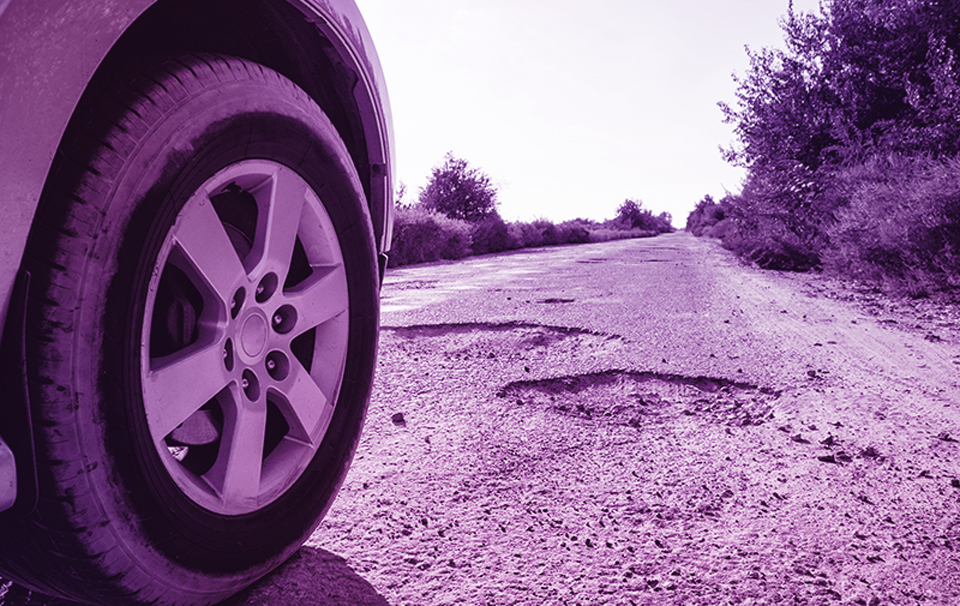
02 May PAV-DT: A project for establishing a solution to optimise preventive maintenance for roads and highways
In Europe, each year 6 billion Euro are spent in total on maintaining the road- and highway network. A major cost factor are the necessary technical resources for gathering up-to-date condition data of the entire road network. The intervals for measurements are often stretched, leading to longer periods without adequate data for an early detection of damaged road segments. The project PAV-DT addresses this gap by developing a novel, inexpensive and disruptive technology that combines low-cost, high-precision sensors, advanced algorithms and a customer-oriented user interface, for an early identification of damage to the road network.
The goal of the project is to evaluate and optimise a solution which combines vehicle-mounted sensors and a data analytics and visualisation platform, to allow a continuous collection of information on the condition of roads and highways. The approach is very cost-efficient, as the necessary sensor technology can be installed on existing vehicles of a customer, and gather the information as a by-product of their regular circulation. The gathered data is automatically interpreted by algorithms and classified in terms of how deteriorated and damaged a road is.
Preventive maintenance is an important factor in the solution design, since an early identification of a road defect and a corresponding timely maintenance significantly reduce the long-term costs compared to a reactive reconstruction operation of a damaged road segment at a later stage. PAV-DT applies a prediction model to the collected historic road data to allow a forecasting of the deterioration over the upcoming years, which helps to prioritise infrastructure expenditures. The cost savings not only directly benefit the road operator, but also the general public due to the improved safety and comfort of travel. In addition, minor reconstruction work at an early stage has less of an environmental impact than a full reconstruction of a damaged road segment years later.
The internationally approved metric for measuring the road quality is the International Roughness Index (IRI), which is calculated based on the readings of high-precision, low‐cost sensors installed on the vehicles. The user interface designed for different target audiences provides the necessary overview to prioritize maintenance work by comparing actual historic values with the predicted deterioration over a three-year period. The user interface presentation is split into a map-based view for a better geographic visualisation of the data.
Objectives of PAV-DT:
The project envisions a successful introduction of the PAV-DT solution to the market, by achieving the following objectives:
- By designing a cloud‐based PAV‐DT software environment with the backend infrastructure to gather sensor data, and the customer’s user interface for data visualisation and decision support
- By developing the hardware for sensor integration and data acquisition for vehicles
- By trialling the solution in a real customer’s environment
- By setting up an appropriate business model based on the findings.
The project PAV-DT is funded by the EU’s Horizon 2020 programme under agreement number 853899.
Members of the consortium
The PAV-DT consortium brings together five experienced partner organisations from three EU member states. The project is coordinated by BECSA (Spain) and the contributing partners include Applus Norcontrol (Spain), Micro-Sensor (Germany), Universidad Politécnica de Valencia (Spain) and MINDS & SPARKS (Austria).
The project has a duration of 30 months. MINDS & SPARKS is responsible for the development of the PAV-DT user interface with a focus on real-time map-based data visualisation.
